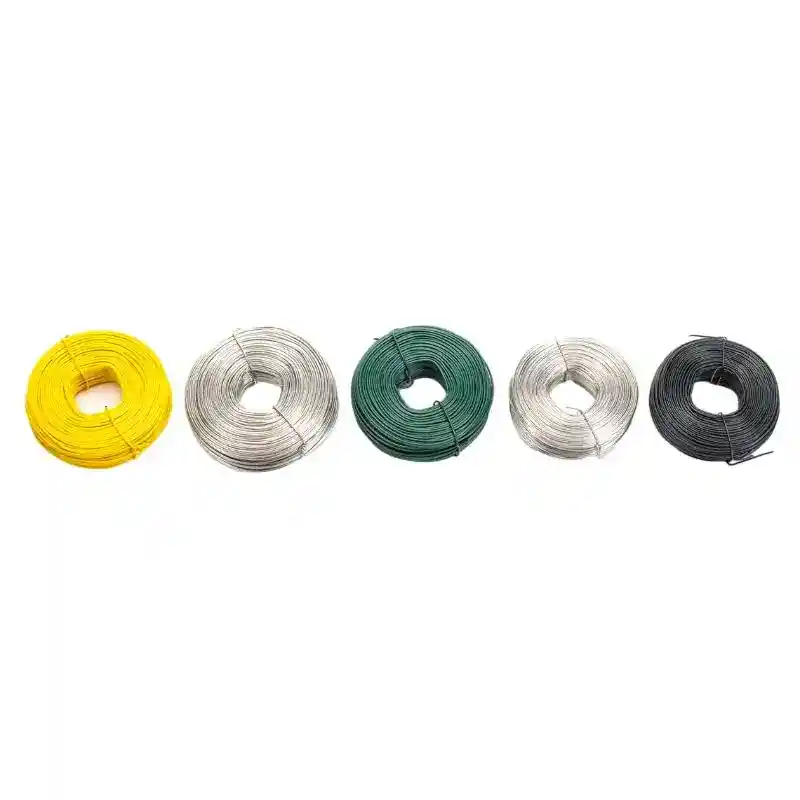
- Mobile Phone
- +8613931874955
- sales@cntcmetal.com
plasterboard external corner bead
Understanding Plasterboard External Corner Bead A Comprehensive Guide
When it comes to interior construction and finishing, the details matter immensely. One fundamental component that plays a crucial role in achieving a flawless finish is the plasterboard external corner bead. This essential item is often overlooked by those new to drywall installation, yet it can make a significant difference in both appearance and durability. Here’s an in-depth look at plasterboard external corner beads, their types, installation, and benefits.
What is a Plasterboard External Corner Bead?
A plasterboard external corner bead is a protective strip installed on the 90-degree angles of drywall corners. Its primary purpose is to provide a strong, clean edge that can withstand wear and tear while also ensuring the underlying drywall remains intact. Often made from materials like metal, PVC, or fiberglass, corner beads reinforce drywall corners and offer a smooth surface for finishing, such as painting or wallpapering.
Types of Plasterboard Corner Beads
1. Metal Corner Beads Typically made from galvanized steel or aluminum, metal corner beads are known for their durability and strength. They resist dents and damage better than other materials, making them ideal for high-traffic areas.
2. PVC Corner Beads Polyvinyl chloride (PVC) corner beads are lightweight and resistant to moisture, which makes them suitable for areas prone to humidity, such as bathrooms and kitchens. They are less likely to rust or corrode over time.
3. Fiberglass Corner Beads These are used in situations where moisture exposure is a concern. Fiberglass corner beads do not rust or warp, providing a long-lasting solution that is perfect for wet environments.
4. Paper-faced Corner Beads Often used in residential construction, these beads are easy to install and finish. They provide a smooth surface for a clean paint application but may not offer the same level of durability as metal or PVC options.
Installation Process
plasterboard external corner bead

Installing plasterboard external corner beads is a straightforward process that can significantly improve the quality of your drywall finish. Here’s a step-by-step guide
1. Measure and Cut Start by measuring the height of the wall and cut the corner bead to the desired length. Ensure that it is slightly longer than the corner for accurate fitting.
2. Positioning Place the corner bead onto the corner of the drywall, ensuring it sits flush against both walls. Use a level to check that the bead is straight.
3. Nailing or Screwing Secure the corner bead in place using screws or nails. Space them approximately every 12 to 16 inches along the length of the bead.
4. Applying Joint Compound Once secure, apply joint compound over the corner bead, feathering it out onto the surrounding drywall. This step is crucial to hide the bead and create a seamless transition between the bead and the wall.
5. Sanding and Finishing After the joint compound has dried, sand down any rough edges. You may need to apply additional coats of compound for a perfect finish.
Benefits of Using Corner Beads
The use of plasterboard external corner beads offers multiple benefits, including
- Durability They protect the fragile edges of drywall corners from damage, which is especially important in high-traffic areas. - Aesthetic Appeal Corner beads provide a clean and professional look to drywall installations, enhancing the overall appearance of a room. - Ease of Finishing With corners properly protected and finished, the application of paint or other wall coverings becomes much easier, resulting in a high-quality finish.
In conclusion, plasterboard external corner beads are a vital component in the drywall installation process. By understanding their types, installation, and benefits, you can ensure that your drywall projects not only stand the test of time but also look exceptional. Whether you are a professional contractor or a DIY enthusiast, integrating corner beads into your workflow will undeniably elevate the quality and durability of your work.
share:
-
Why Sacrificial Formwork Is Redefining Underground ConstructionNewsJun.06,2025
-
The Structural Dynamics of Modern Concrete: How Snake Spacers Revolutionize Flexible ReinforcementNewsJun.06,2025
-
Snake Spacers Smart-Lock Concrete Reinforcement with Surgical PrecisionNewsJun.06,2025
-
Snake Spacers: Reinforcement Precision for Modern Concrete ProjectsNewsJun.06,2025
-
Snake Spacers Powering Concrete's Structural DNANewsJun.06,2025
-
Slither into Success: Snake Spacers' Precision Bite for Unbreakable ReinforcementNewsJun.06,2025
-
Sacrificial Formwork: Building Stronger, Faster, and Safer StructuresNewsJun.06,2025



















